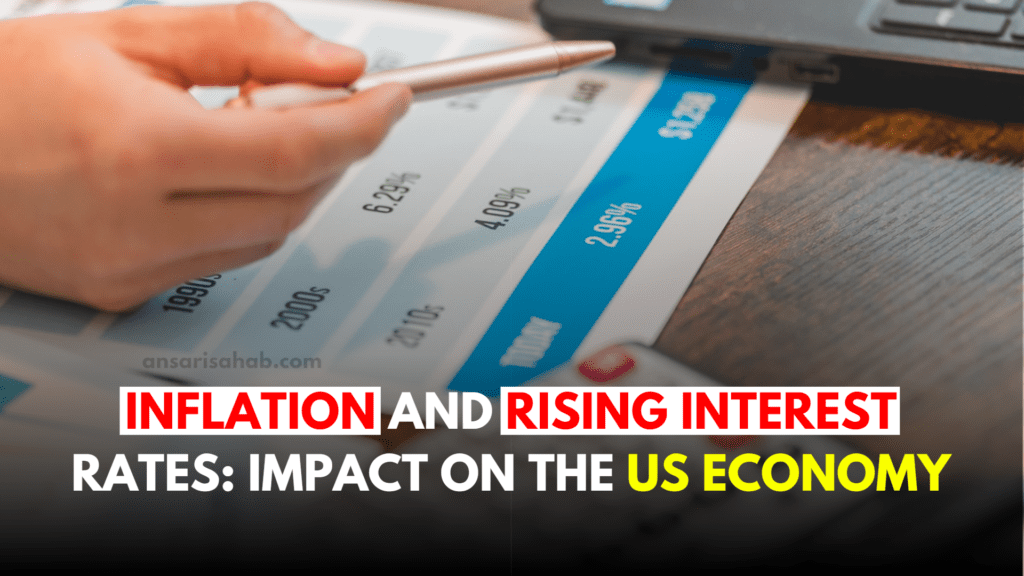Income stocks, also known as dividend stocks, are stocks that pay regular dividends to their shareholders. Dividends are a portion of a company’s profits that are distributed to shareholders. Dividends can be paid out in cash, stock, or other assets.
So, Dividends can be a great way to generate passive income and build wealth over time. When you invest in dividend stocks, you are essentially buying a piece of a company that is committed to returning capital to its shareholders.
Dividends can be a powerful tool for building wealth. When you reinvest your dividends, you are using your income to buy more shares of stock. This can help you to compound your returns over time.
The power of compounding
Compounding is the process of earning interest on your interest. It is one of the most powerful forces in investing.
Here is an example of how compounding can work:
- Year 1: You invest $10,000 in a dividend stock that pays a 5% dividend yield. You receive $500 in dividends. You reinvest your dividends to buy more shares of stock.
- Year 2: Your portfolio is now worth $10,500. You receive $525 in dividends. You reinvest your dividends to buy more shares of stock.
- Year 3: Your portfolio is now worth $11,025. You receive $551 in dividends. You reinvest your dividends to buy more shares of stock.
As you can see, your portfolio grows at an exponential rate over time due to compounding.
The power of dividends
Dividends have a number of advantages over other forms of income, such as interest from bonds or wages from a job.
- Dividends are passive income: Once you invest in dividend stocks, you don’t have to do anything to receive your dividends. The dividends are simply deposited into your investment account on a regular basis.
- Dividends are predictable: Most dividend-paying companies have a regular dividend payment schedule, so you can know how much income you can expect to receive each year.
- Dividends are tax-advantaged: Dividend income is taxed at a lower rate than ordinary income. This can make dividend investing a particularly attractive option for retirees.
The benefits of dividend stocks
There are many benefits to investing in dividend stocks, including:
- Income generation: Dividend stocks can provide a steady stream of income. This can be especially beneficial for retirees and income investors.
- Wealth building: Over time, reinvesting dividends can help to compound your returns and to build wealth.
- Risk reduction: Dividend stocks tend to be less volatile than non-dividend stocks. This is because dividend-paying companies are typically more mature and financially stable.
- Portfolio stability: Dividend stocks can help to provide stability to your portfolio. This is because they can provide a source of income even when the stock market is down.
How to choose dividend stocks
When choosing dividend stocks, it is important to consider a number of factors, including:
- Dividend yield: The dividend yield is the percentage of the stock price that is paid out in dividends each year. A high dividend yield can be attractive, but it is important to remember that dividend yield is not the only factor to consider.
- Dividend payout ratio: The dividend payout ratio is the percentage of the company’s earnings that are paid out in dividends. A high dividend payout ratio can be a sign that the company is not reinvesting enough earnings in its business.
- Dividend growth history: It is important to look for companies that have a history of increasing their dividends over time. This is a sign that the company is financially healthy and that it is committed to returning capital to its shareholders.
- Company fundamentals: It is also important to look at the company’s overall financial health. This includes factors such as profitability, debt levels, and cash flow.
Read Also: The Dividend Investing Playbook: Strategies for Every Investor
How to build a dividend portfolio
Once you’ve selected a few dividend stocks that interest you, you can begin constructing a dividend portfolio. When building a dividend portfolio, it is important to diversify your holdings. This means investing in companies across different sectors and industries.
It is also important to reinvest your dividends. This means using your dividend payments to buy more shares of the companies that you are invested in. This can help to compound your returns over time.
When building a dividend portfolio, it is important to consider the following factors:
- Dividend yield: The dividend yield is the percentage of the stock price that is paid out in dividends each year. A high dividend yield can be attractive, but it is important to remember that dividend yield is not the only factor to consider.
- Dividend payout ratio: The dividend payout ratio is the percentage of the company’s earnings that are paid out in dividends. A high dividend payout ratio can be a sign that the company is not reinvesting enough earnings in its business.
- Dividend growth history: It is important to look for companies that have a history of increasing their dividends over time. The company’s commitment to returning capital to its shareholders is a sign that it is financially healthy.
- Company fundamentals: It is also important to look at the company’s overall financial health. This includes factors such as profitability, debt levels, and cash flow.
Dividend investing for every investor
Dividend investing can be a great strategy for investors of all ages and risk tolerances. This Dividend investing can be a good way to generate income, to build wealth over time, and to reduce risk.
Here are some tips for dividend investing for different types of investors:
- New investors: New investors should start by investing in a diversified index fund that tracks the stock market. This is a good way to get exposure to a variety of dividend-paying stocks without having to pick individual stocks.
- Retirement investors: Retirement investors should focus on investing in companies with a history of paying reliable dividends. This can help to provide a steady stream of income during retirement.
- Income investors: Income investors should focus on investing in companies with high dividend yields. This can help to generate a steady stream of income.
- Growth investors: Growth investors can also invest in dividend stocks, but they should focus on companies that are expected to grow their dividends over time. This can provide a combination of income and capital appreciation.
- Value dividend investing: Value dividend investing involves investing in companies that pay dividends and that are also trading at a discount to their intrinsic value. This can be a good strategy for investors who are looking for a combination of income and capital appreciation.
Read Also: Navigating Stock Market Investments: Value vs. Growth Strategies
Examples of dividend stocks
Here are a few examples of dividend stocks:
- Johnson & Johnson (JNJ)
- Procter & Gamble (PG)
- Coca-Cola (KO)
- PepsiCo (PEP)
- McDonald’s (MCD)
- Home Depot (HD)
- Walmart (WMT)
- Exxon Mobil (XOM)
- Chevron (CVX)
- Realty Income (O)
- Verizon Communications (VZ)
- AT&T (T)
Diversification
It is important to diversify your dividend portfolio across different sectors and industries. This will help to reduce your risk if one particular sector or industry underperforms.
Reinvesting your dividends
One of the best ways to grow your dividend income over time is to reinvest your dividends. This means using your dividend payments to purchase more shares of the companies in which you have invested. This can help to compound your returns over time.
Conclusion
Dividend investing can be a great way to generate income, to build wealth over time, and to reduce risk. There are many different dividend investing strategies that you can use, and there is a dividend investing strategy for every investor.
FAQ (Frequently Asked Questions)
Dividend stocks are shares of companies that pay regular dividends to their shareholders. They are popular because they provide a source of passive income and can help in wealth building through compounding.
Compounding involves reinvesting dividends to buy more shares, which leads to exponential portfolio growth. It’s a powerful force that can significantly increase returns over time.
Dividend income is passive, predictable, and often taxed at a lower rate than other income sources, making it an attractive option for investors, particularly retirees.
When selecting dividend stocks, it’s essential to evaluate factors such as dividend yield, payout ratio, dividend growth history, and the company’s overall financial health.
Diversifying a dividend portfolio involves investing in companies across various sectors and industries, reducing risk. Reinvesting dividends can further compound returns.
New investors can begin by investing in a diversified index fund that tracks the stock market, gaining exposure to a variety of dividend-paying stocks without the need to pick individual stocks.
For retirement investors, focusing on companies with a history of reliable dividend payments can help provide a steady stream of income during retirement.
Value dividend investing involves selecting companies that pay dividends and are trading at a discount to their intrinsic value. This strategy combines income and capital appreciation.
Diversification is crucial to reduce risk. It ensures that your portfolio is not overly reliant on the performance of a single sector or industry.
Reinvesting dividends involves using your dividend payments to purchase more shares of the companies you’re invested in. This strategy can help accelerate the growth of your dividend income over time.









